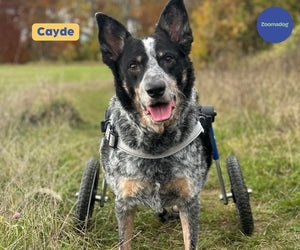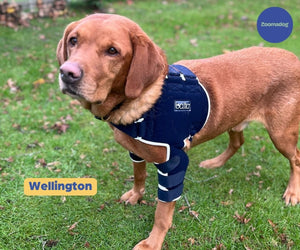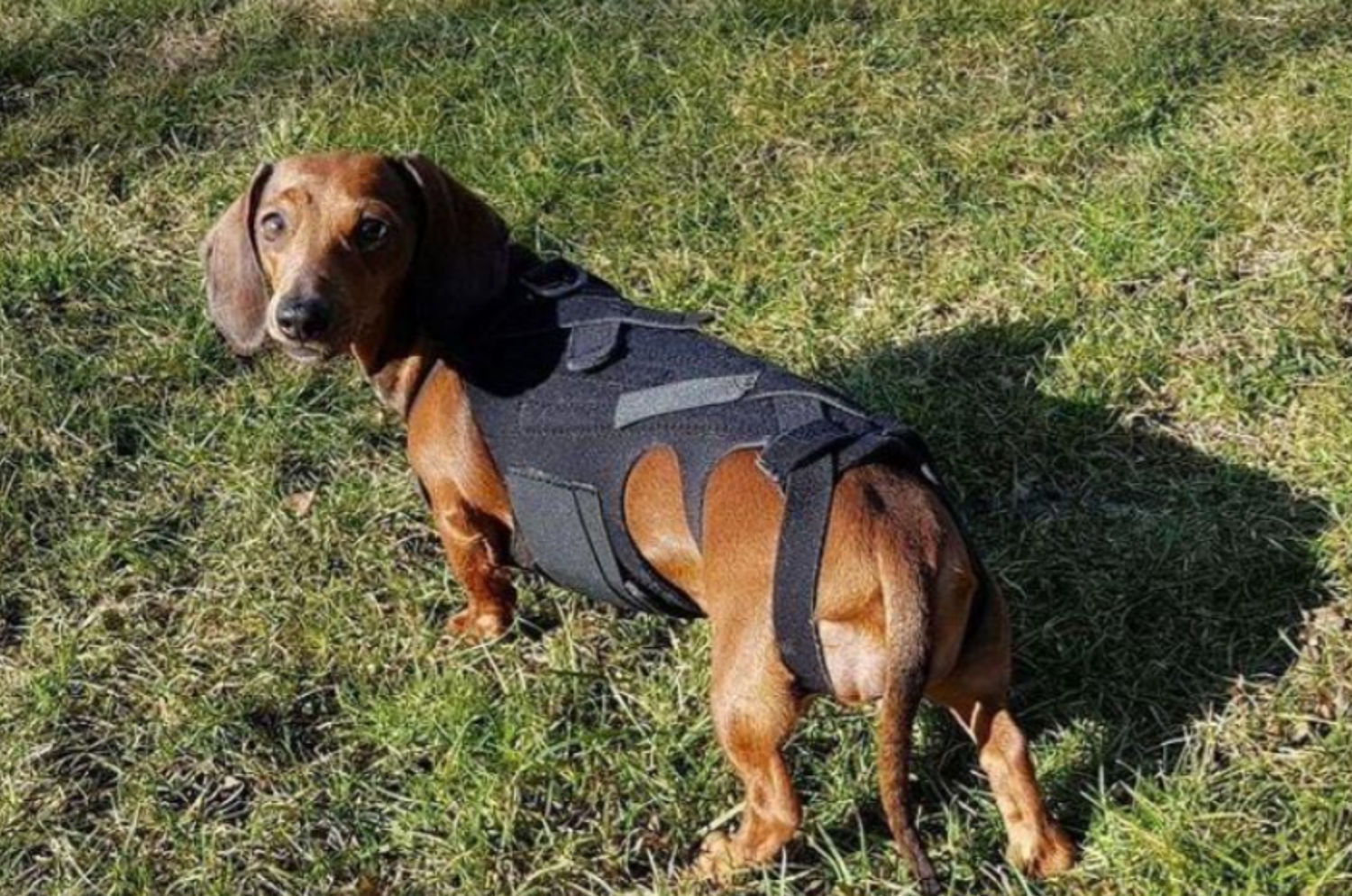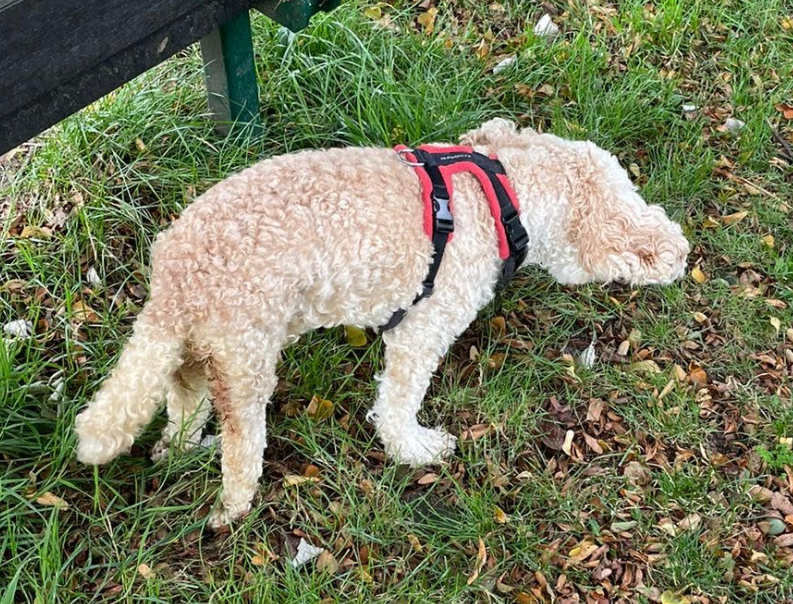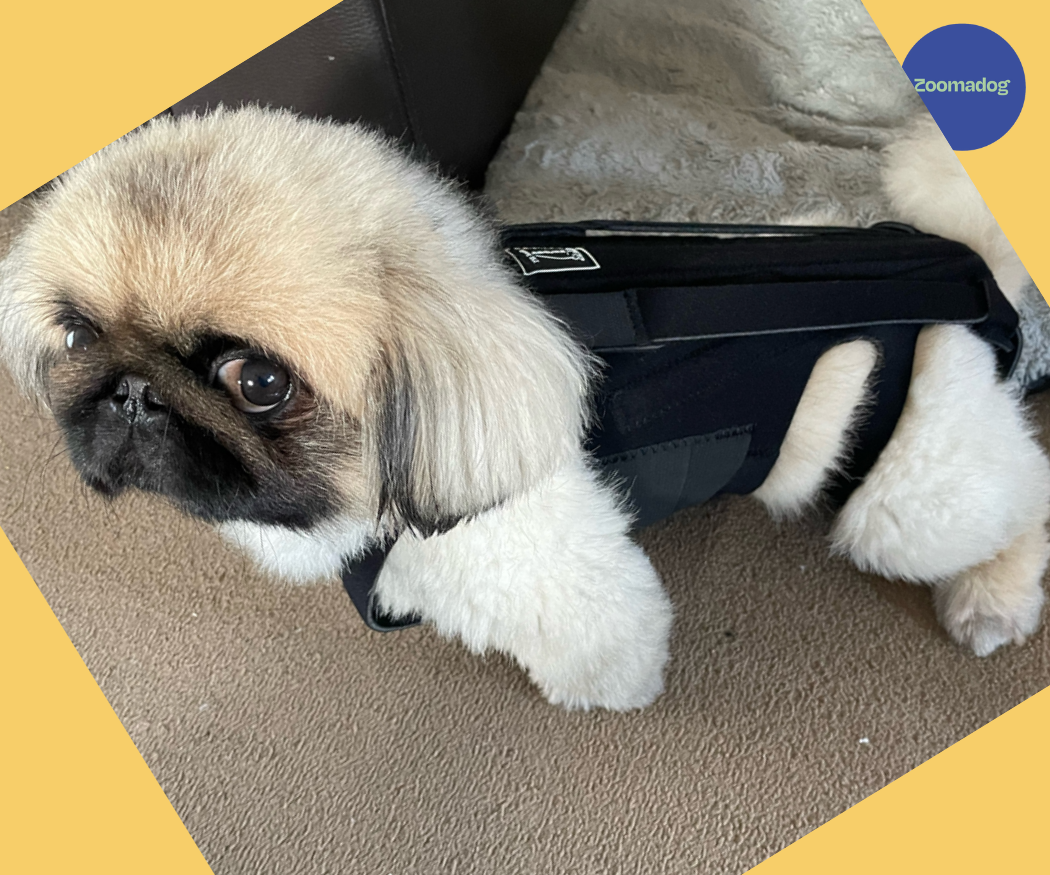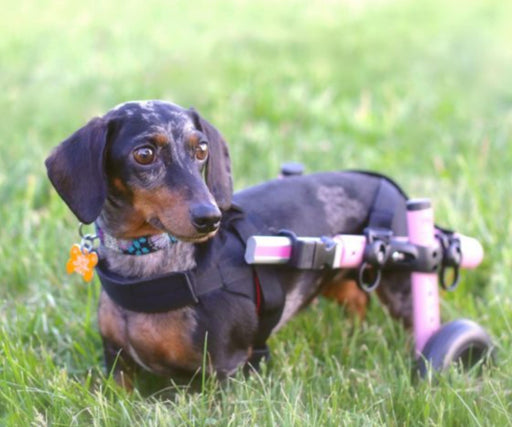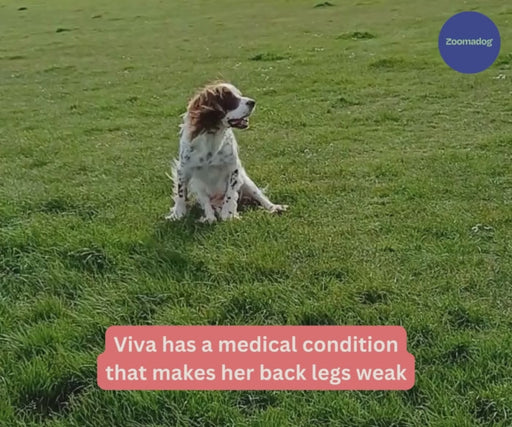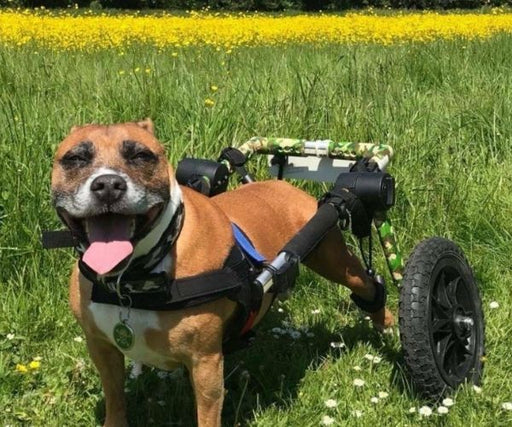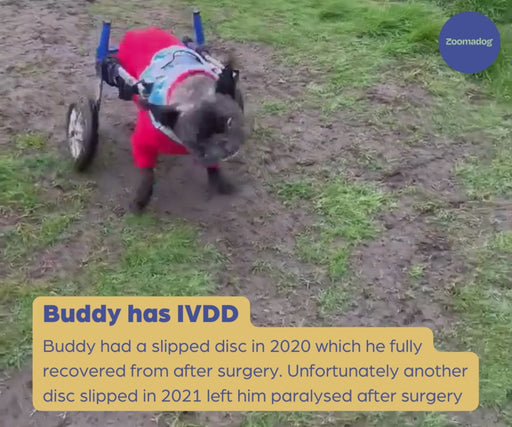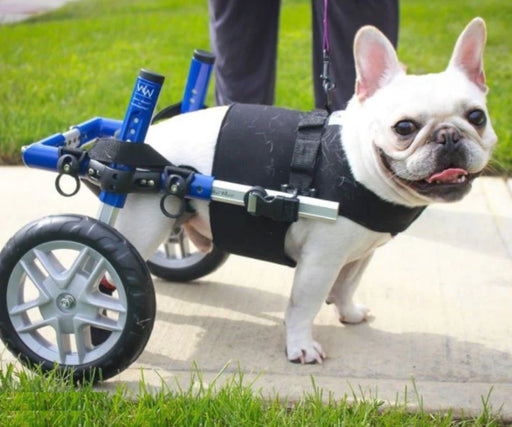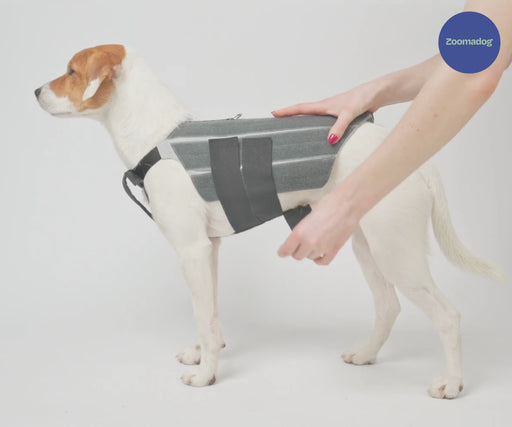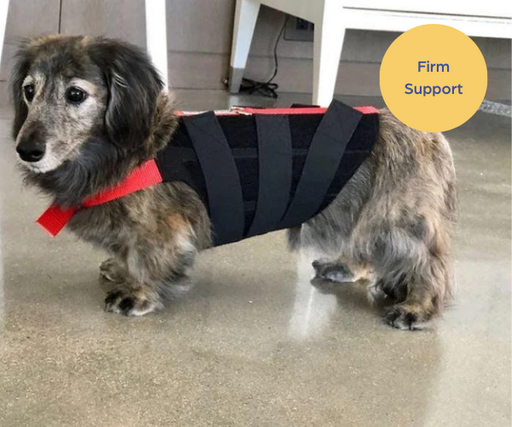Many of us are familiar with the image of a spine, with all the vertebrae like a chain going down the back of your dog and into their tail. Between these vertebrae are disks called intervertebral discs, these disks have a further ring of cartilage with a gel-like inner core (think of a sandwich, where the cartilage is the two pieces of bread and the gel is the filling).
These disks are very important, they support the vertebrae and without these disks your dog would not be able to bend, turn or flex their spine.
Intervertebral Disc Disease (IVDD) is a condition where the spine 'herniates' which means the spinal cord compresses, causing lasting and debilitating damage. The intervertebral discs act as shock absorbers between the vertebrae, providing cushioning, are supportive and allow for flexibility in the spine. IVDD occurs when these discs degenerate or herniate, leading to spinal cord compression and neurological symptoms.
IVDD can occur in any of the discs along your dog’s spine, from their neck to their lower back consequently, the symptoms they experience will depend upon which part of the spine is affected and how severe the damage is. The majority of IVDD issues occur in the thoracolumbar region of the spine (the back) however sometimes it is just the neck region which is affected or it can even be a combination of both these areas.



